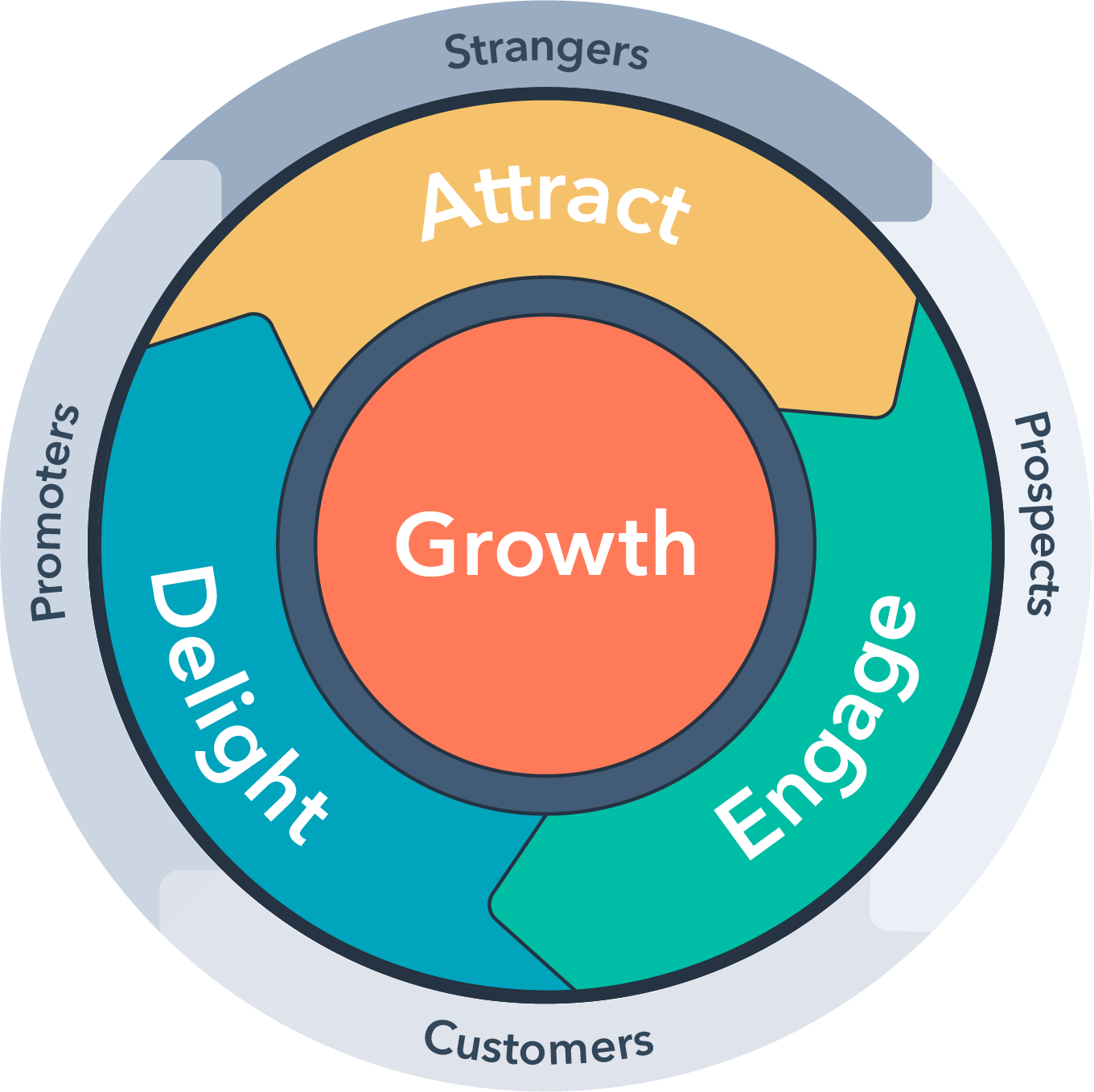What is the Flywheel Marketing Model?
The flywheel marketing model is a paradigm that has been widely popularized by Hubspot. Principles of the flywheel marketing model “explain the momentum you gain when you align your entire organization around delivering a remarkable customer experience”.
The Flywheel was invented by James Watt. In its simplest form, the flywheel is an energy efficient model where the amount of energy your “wheel” stores depends on how fast it spins, the amount of friction it may encounter, and it’s overall size.
To translate this to marketing activities, we look at the energy used to surround your customers with delightful experiences that can be leveraged at multiple touch points of their journey, as opposed to a simple acquisition methodology where you acquire a customer and forget about the journey for non converting users. Thus ending the cycle at the point of acquisition.
With the flywheel, you use the momentum of your happy customers to drive referrals and repeat sales. Basically, your business keeps spinning.
Hubspot
Here is a visualization of the flywheel model:

The Flywheel Model Explained
Attract
The attract phase is where you capture your prospect’s attention without forcing it. Think of attract as the top of your traditional marketing funnel; direct mail campaigns, search engine optimization, pay per click marketing, social media marketing, and all other forms of marketing that drive customers into your experience.
Engage
In the engage phase, your focus should be on nurturing relationships. Your goal is to make it easy for a customer to engage with you on their preferred time table, in their preferred channel. It’s more important to focus on the direct relationship, than the immediate sale at this point.
Delight
Providing you’ve nurtured the relationship properly and understand your customers needs – this is where you will be able to delight, or sell through your customer to help empower their success and reach their goals.
The flywheel model is believed to be a more efficient way to help businesses grow vs the traditional cycle of acquisition to drop off. It is also believed to be a much stronger organizational growth methodology as aligning around the flywheel creates less opportunity for departmental shuffling.
- The 19 Best Greek Restaurants in Chicago - June 22, 2023
- Oceangate CEO Stockton Rush: Driving Innovation at OceanGate - June 22, 2023
- Midjourney: Generative AI Image Generator - June 21, 2023

